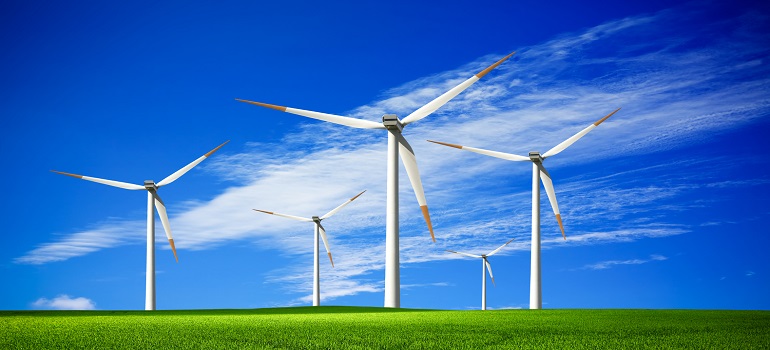Brazil, California, EU Commission, and Panama join GOWA, contributing 65 GW to offshore wind goals, as alliance sets sights on 380 GW by 2030 and 2000 GW by 2050
The Global Offshore Wind Alliance (GOWA) celebrated the addition of Brazil, California, the EU Commission, and Panama to its membership during a ceremony at COP28 in Dubai. This expansion brings 65 GW of declared target capacity, positioning GOWA to play a pivotal role in advancing offshore wind globally.
With COP28 witnessing 119 countries pledging to triple renewable energy capacity by 2030, GOWA aims to drive the installation of at least 380 GW by 2030 and 2000 GW by 2050, supporting the global energy transition and climate neutrality. The alliance plans to collaborate with its members on financing frameworks, supply chain development, and expertise sharing in marine spatial planning.
A recent report from the Global Wind Energy Council, a GOWA founder, highlighted the urgency of clean technology manufacturing in the climate and energy debate, emphasizing the need for collaborative efforts in trade, finance, and policy measures.
Denmark’s Minister for Development Cooperation and Global Climate Policy, Dan Jørgensen, praised the new members, emphasizing offshore wind’s potential in achieving renewable energy targets. Ben Backwell, Chief Executive of the Global Wind Energy Council, expressed optimism about GOWA’s role in accelerating offshore wind expansion, aligning with COP28’s ambitious goals.
California’s Energy Commission Chair Hochschild stated California’s commitment to clean offshore wind power, with goals of 5 GW by 2040 and 25 GW by 2045. The European Commission and Brazil also outlined substantial offshore wind targets, while Panama committed to developing an offshore roadmap.
Francesco La Camera, Director-General of the International Renewable Energy Agency, hailed GOWA as a testament to collective achievements, emphasizing its role in shaping a sustainable, wind-rich future. The alliance emerges as a crucial global asset, aligning efforts to make offshore wind a mainstream energy source and contributing to net-zero targets worldwide.


